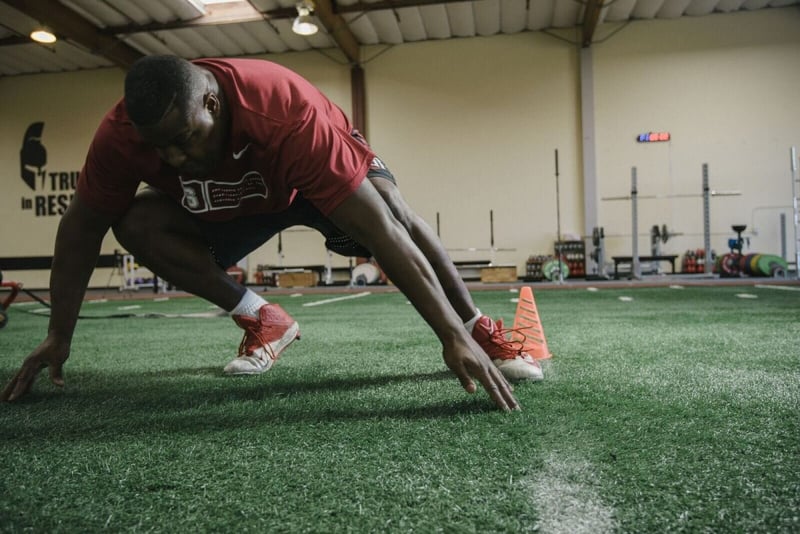
Groin pain is the hardest diagnosis in medicine. Probably starts with the fact that the groin is not a muscle but refers to the crease at the junction of the torso and the thigh. The anatomy looks like the Los Angeles freeway system; lots of on and off-ramps, major highways and minor frontage roads. To make matters more difficult, organs like the intestines or even the genitals can also cause pain in this region. So before we even talk about the occurrence or treatment process, we have to be clear on what a groin injury really is.
As you evaluate your own pain, the process should always begin with the critical question of onset. Did the pain start suddenly or has it been bothering you for a while? This puts groin pain into two major categories, acute or overuse.
In the overuse condition, such pain comes and goes with no clear date of onset or triggering event. This overuse condition generally occurs when the hip joint is in the wrong place (impingement) and is found in up to 90% of athletes!
In the case of acute groin pain, you can clearly identify when the injury happened, a specific incident.
This acute groin pain is usually a muscle strain to one of the six adductor muscles. Rapid changes of direction are most likely to have adductor strains as it require a strong contraction to stop suddenly.
A 2012 review examined predictive tools for several common lower body injuries, including these adductor strains. The authors found that adductor muscle strength was associated with the injury. However, it is not their sheer strength. Rather it is the ratio, the strength of the adductors compared with the muscles on the outside of the leg, the abductors (glutes). When the hip adduction strength was 80% or less of abduction strength, individuals were 17x more likely to have a muscle strain!
Most muscular strains share a common theme: lack of eccentric strength and the popularity behind band walks (shown below) is warranted. This exercise requires abduction of the free leg as it moves laterally, combined with the resisted adduction of the trailing leg.
Dallinga JM, Benjaminse A, Lemmink KA. Which screening tools can predict injury to the lower extremities in team sports?: a systematic review. Sports Med. 2012 Sep 1;42(9):791-815.